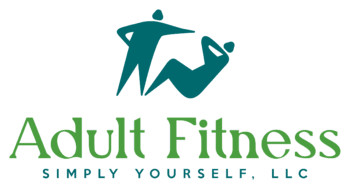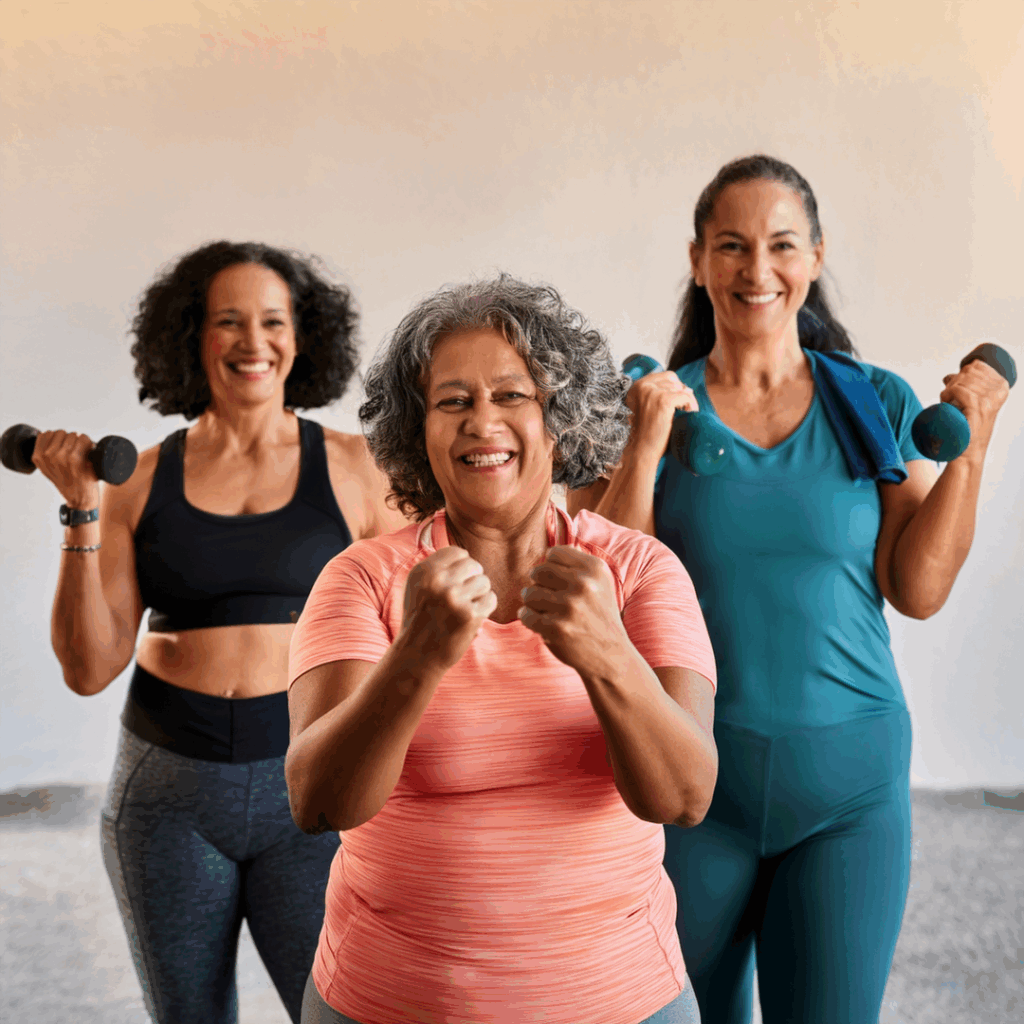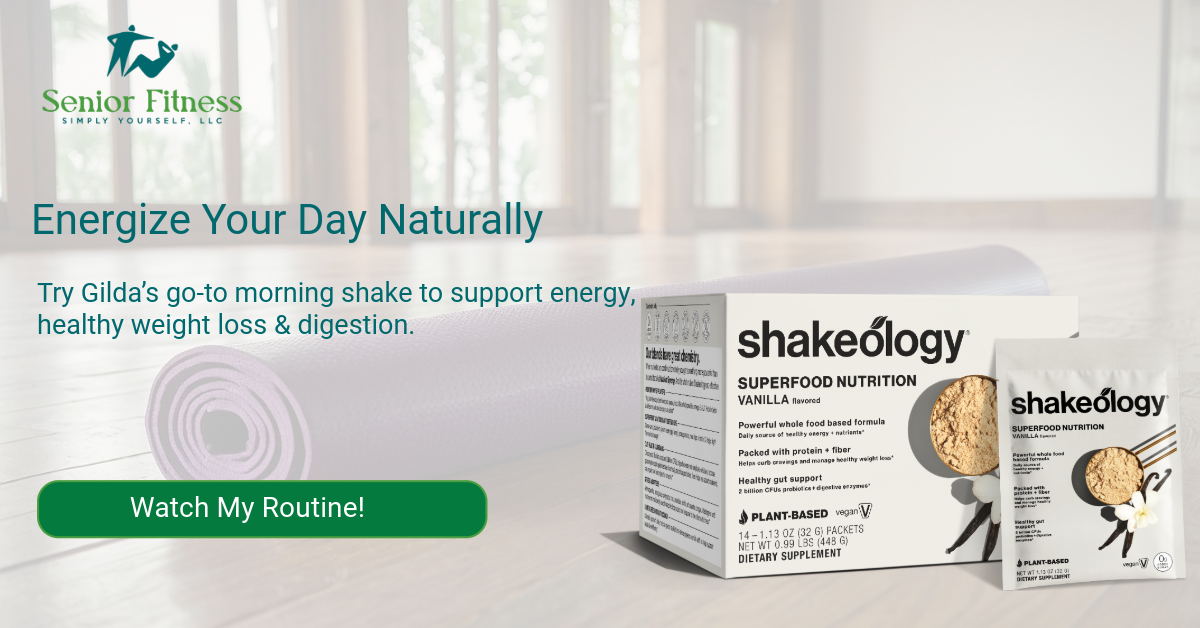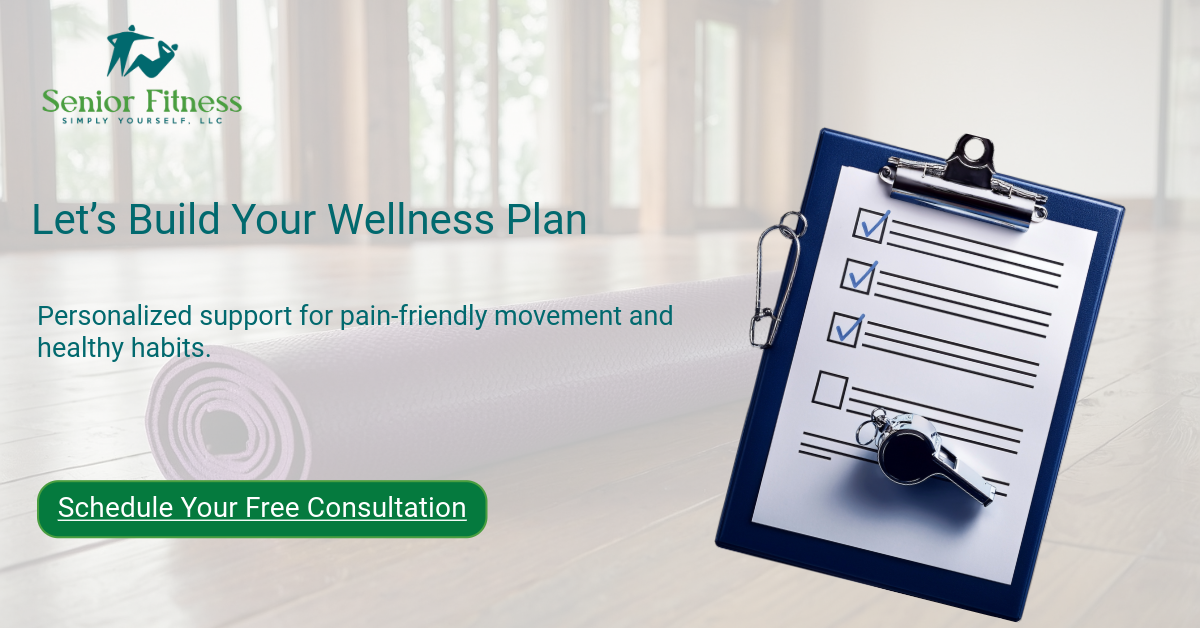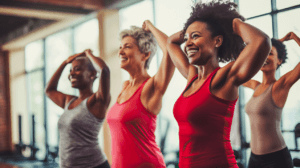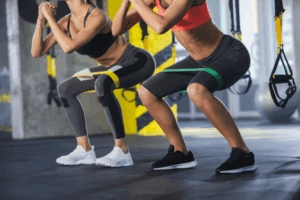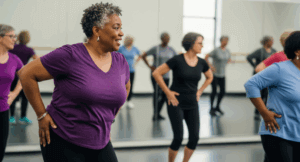You’ve reached a stage where understanding your body’s natural pain relief mechanisms can be transformative. Science shows that for women aged 45 and above, incorporating regular movement like walking, swimming, or yoga can greatly enhance your well-being. These activities boost endorphins, which act as natural painkillers. But how exactly does this work, and what are the best ways to integrate such practices into your daily routine?
Understanding Endorphins and Their Role in Pain Relief
When it comes to natural pain relief, understanding endorphins is vital. These powerful chemicals, produced by your hypothalamus and pituitary gland, act as natural painkillers. They’re released in response to pain or stress, playing a significant role in managing chronic pain and enhancing emotional health. Beta-endorphin, linked to the “runner’s high,” is especially remarkable. Engaging in exercise, acupuncture, meditation, and even laughter are effective natural pain relief options because they boost endorphin levels, leading to improved mood and pain relief. Additionally, exposure to sunlight can increase beta-endorphin release, further supporting well-being. By understanding how endorphins work, you can make informed decisions about incorporating these activities into your routine for better pain management and emotional health.
The Benefits of Regular Physical Activity for Women 45
As a woman over 45, engaging in regular physical activity can greatly enhance your joint flexibility and improve your cardiovascular health. This not only helps in alleviating stiffness and discomfort but also boosts endorphin production, offering natural pain relief and uplifting your mood. By incorporating activities like walking, swimming, or strength training into your routine, you can effectively manage pain and support your overall well-being.
Boosts Endorphin Production
Although exercise might seem like a challenge, especially as you reach 45 and beyond, it’s essential for boosting your body’s endorphin production. Engaging in regular physical activity, like brisk walking or dancing, stimulates endorphins, your natural painkillers, providing considerable relief from chronic pain. This boost in endorphins not only aids in pain management but also lifts your mood, combating age-related declines in mental well-being. Research indicates that consistent exercise elevates baseline endorphin levels, creating a sustainable strategy for managing pain and enhancing emotional health. Just 30 minutes of moderate exercise most days can considerably improve your endorphin production. By integrating these activities into your routine, you’ll experience natural and effective pain relief, promoting overall well-being as you age gracefully.
Enhances Joint Flexibility
If you’re a woman over 45, incorporating regular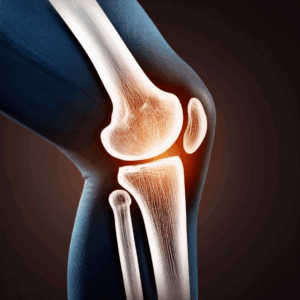 physical activity like walking, yoga, or tai chi into your routine can greatly enhance joint flexibility. Engaging in moderate-intensity exercise boosts synovial fluid production, which lubricates your joints and helps reduce stiffness. Studies show that women who maintain an active lifestyle experience less joint pain and enjoy a greater range of motion compared to their sedentary peers. Incorporating stretching exercises into your regimen can lengthen muscles and soft tissues around your joints, further promoting flexibility. Staying active can counteract age-related joint degeneration, leading to improved functional outcomes and a better quality of life. By prioritizing regular physical activity, you can effectively protect your joint health and maintain mobility as you age.
physical activity like walking, yoga, or tai chi into your routine can greatly enhance joint flexibility. Engaging in moderate-intensity exercise boosts synovial fluid production, which lubricates your joints and helps reduce stiffness. Studies show that women who maintain an active lifestyle experience less joint pain and enjoy a greater range of motion compared to their sedentary peers. Incorporating stretching exercises into your regimen can lengthen muscles and soft tissues around your joints, further promoting flexibility. Staying active can counteract age-related joint degeneration, leading to improved functional outcomes and a better quality of life. By prioritizing regular physical activity, you can effectively protect your joint health and maintain mobility as you age.
Improves Cardiovascular Health
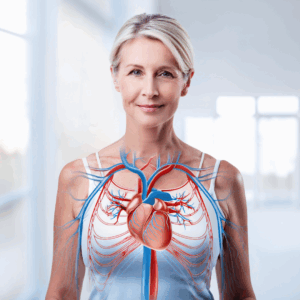 Beyond enhancing joint flexibility, regular physical activity plays a pivotal role in improving cardiovascular health, especially for women over 45. Engaging in moderate-intensity exercise like brisk walking or cycling for at least 150 minutes weekly can considerably lower your risk of heart disease. Exercise strengthens your heart muscle, improves blood flow, and promotes healthy blood vessels. Studies reveal that women maintaining an active lifestyle reduce their risk of cardiovascular disease by 30-40%. Additionally, incorporating practices like yoga and tai chi not only boosts cardiovascular fitness but also helps manage stress, further benefiting heart health. By prioritizing exercise, you’re investing in your overall well-being. It’s not just about adding years to your life but life to your years.
Beyond enhancing joint flexibility, regular physical activity plays a pivotal role in improving cardiovascular health, especially for women over 45. Engaging in moderate-intensity exercise like brisk walking or cycling for at least 150 minutes weekly can considerably lower your risk of heart disease. Exercise strengthens your heart muscle, improves blood flow, and promotes healthy blood vessels. Studies reveal that women maintaining an active lifestyle reduce their risk of cardiovascular disease by 30-40%. Additionally, incorporating practices like yoga and tai chi not only boosts cardiovascular fitness but also helps manage stress, further benefiting heart health. By prioritizing exercise, you’re investing in your overall well-being. It’s not just about adding years to your life but life to your years.
Exercise and Its Impact on Mood and Well-Being
When it comes to improving mood and well-being, incorporating regular exercise into your routine can be transformative. Engaging in physical activity like walking, swimming, or gentle yoga greatly enhances endorphin release, which acts as a natural pain reliever. This boost in feel-good hormones improves mood and helps manage chronic pain. Research shows that regular exercise is associated with lower anxiety and depression levels, leading to an overall sense of well-being. For women aged 45 and older, consistent physical activity can greatly enhance mood and quality of life compared to a sedentary lifestyle. The “runner’s high,” linked to beta-endorphin release, exemplifies how movement can elevate pleasure and reduce pain perception, fostering both mental and physical health benefits.
The Connection Between Flexibility and Reduced Stiffness
While age-related changes can lead to increased stiffness,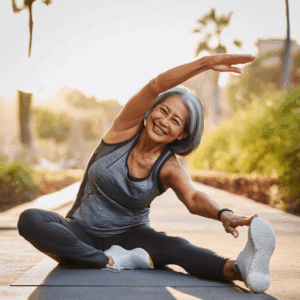 you can markedly enhance your flexibility and reduce discomfort through regular stretching and movement. Research shows that improving your flexibility can greatly reduce stiffness, especially in women over 45. By enhancing your range of motion, you help prevent injuries and manage pain from chronic conditions. Engaging in a consistent flexibility routine may lead to a 25% reduction in stiffness, boosting your mobility and overall quality of life. Activities like yoga and tai chi not only improve flexibility but also promote relaxation, easing tension. Regular flexibility exercises enhance circulation, diminishing inflammation and stiffness. By incorporating these practices, you’re investing in a more comfortable, active lifestyle.
you can markedly enhance your flexibility and reduce discomfort through regular stretching and movement. Research shows that improving your flexibility can greatly reduce stiffness, especially in women over 45. By enhancing your range of motion, you help prevent injuries and manage pain from chronic conditions. Engaging in a consistent flexibility routine may lead to a 25% reduction in stiffness, boosting your mobility and overall quality of life. Activities like yoga and tai chi not only improve flexibility but also promote relaxation, easing tension. Regular flexibility exercises enhance circulation, diminishing inflammation and stiffness. By incorporating these practices, you’re investing in a more comfortable, active lifestyle.
Exploring Low-Impact Exercises: Walking, Swimming, and Yoga
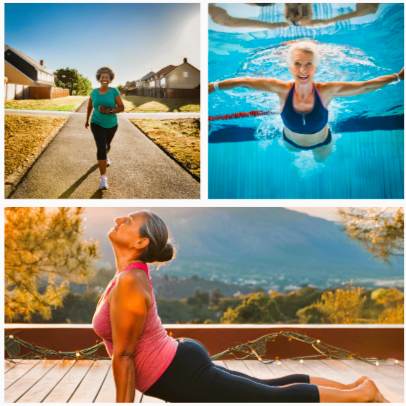 Regular movement plays an essential role in managing stiffness and enhancing flexibility. For women aged 45 and older, low-impact exercises like walking, swimming, and yoga offer effective pain relief while reducing joint stress. Walking at a moderate pace boosts endorphin release, serving as a natural mood enhancer and alleviating chronic pain. Swimming’s buoyancy minimizes joint impact, making it particularly beneficial for those with arthritis or chronic pain conditions. Yoga therapy combines gentle stretching, mindfulness, and breathing techniques, providing relief from symptoms of chronic pain, including low-back pain and arthritis. By engaging in these activities regularly, you’re not only promoting mobility and flexibility but also aiding in weight management, which further reduces joint strain and prevents additional pain.
Regular movement plays an essential role in managing stiffness and enhancing flexibility. For women aged 45 and older, low-impact exercises like walking, swimming, and yoga offer effective pain relief while reducing joint stress. Walking at a moderate pace boosts endorphin release, serving as a natural mood enhancer and alleviating chronic pain. Swimming’s buoyancy minimizes joint impact, making it particularly beneficial for those with arthritis or chronic pain conditions. Yoga therapy combines gentle stretching, mindfulness, and breathing techniques, providing relief from symptoms of chronic pain, including low-back pain and arthritis. By engaging in these activities regularly, you’re not only promoting mobility and flexibility but also aiding in weight management, which further reduces joint strain and prevents additional pain.
Maintaining Muscle Strength and Joint Function
Maintaining muscle strength and joint function is essential for women over 45, as this helps combat age-related muscle loss and supports overall mobility. By incorporating regular strength training and low-impact exercises like swimming and cycling into your routine, you can enhance joint stability, boost endorphins, and reduce the risk of injury. The American College of Sports Medicine suggests at least two days of strength training weekly, along with flexibility and balance exercises such as yoga and tai chi, to optimize physical health and prevent falls.
Consulting Healthcare Professionals for Personalized Guidance
When you’re seeking effective pain management strategies, consulting healthcare professionals is vital, especially for women over 45 who may face unique physical changes and chronic conditions. A thorough evaluation with your health care provider can help pinpoint individual pain triggers, allowing tailored recommendations that consider your medical history and current health status. Engaging a physical therapist can help develop personalized stretching and strengthening programs to reduce your pain and improve mobility. These programs focus on muscle relaxation and safe exercises that encourage endorphin release, important for natural pain relief. Regular check-ins with healthcare professionals guarantee your treatment plan adapts to your evolving needs, optimizing the effectiveness of these strategies and supporting your well-being over time.
